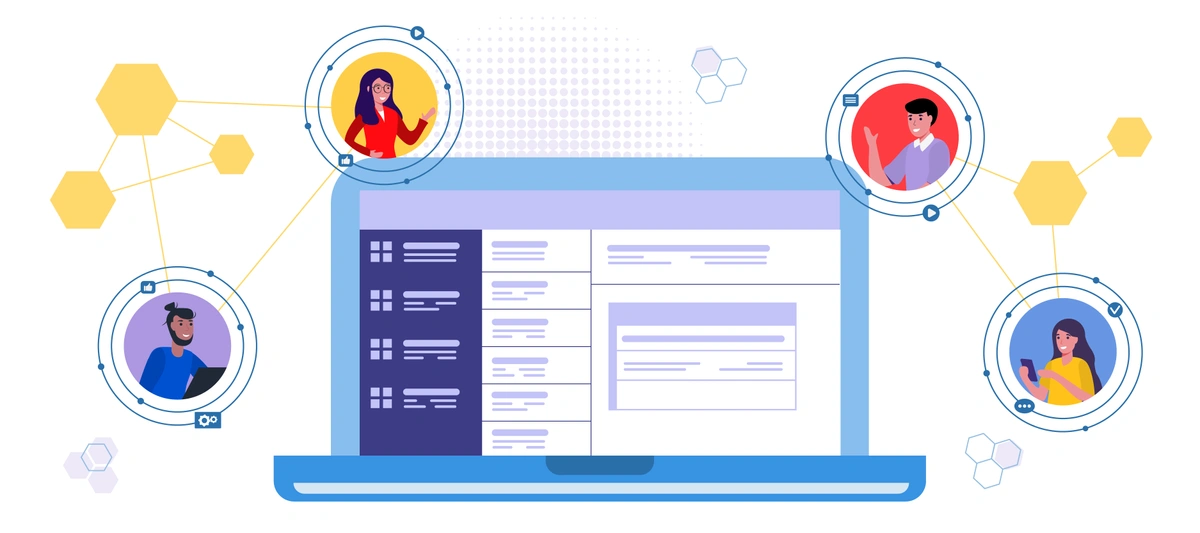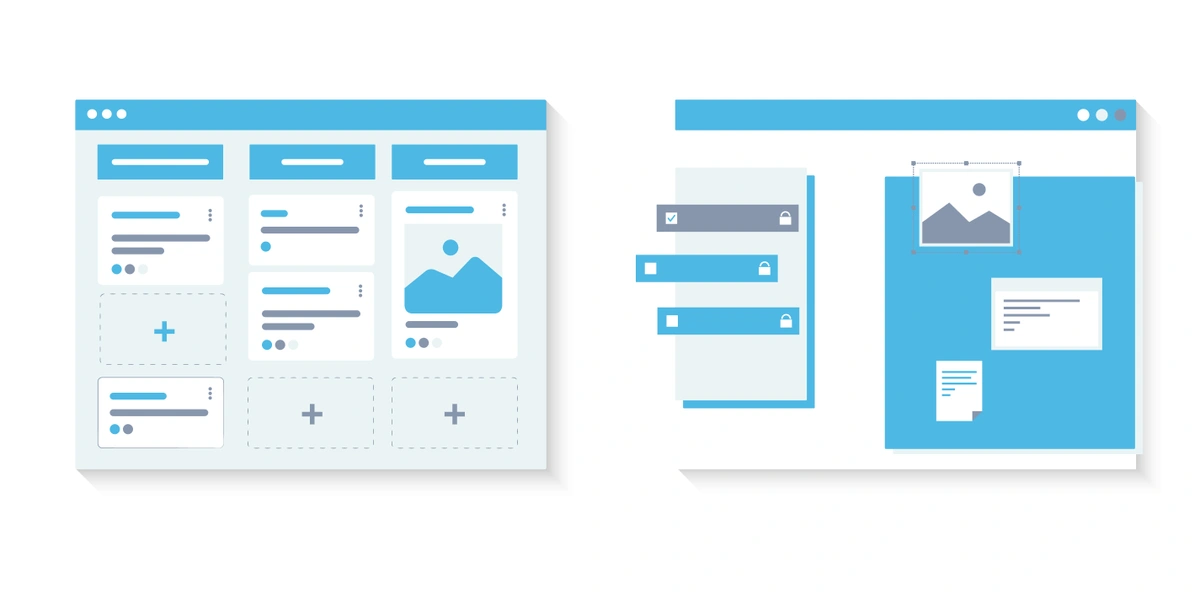As the beating heart of numerous modern businesses—from tech innovators to financial giants and everything in between—project management and issue tracking have evolved far beyond paper trails and daily scrums.
Under the umbrella of the Atlassian suite, Jira stands as a powerful symbol for project management and issue tracking, offering tools such as Jira Software and Jira Service Desk (now Jira Service Management). In the ever-expanding lexicon of IT jargon, these two often-encountered terms can seem like twins, but are they truly the same?
Understanding the critical distinctions between Jira Service Desk and Jira Software is paramount for effective deployment, user adoption, and achieving measurable returns on investment.
Understanding Jira Software
Jira Software is a powerhouse tailored for DevOps and agile teams. It's designed to assist in planning, tracking, releasing, and reporting on software development projects. Equipped with agile boards, backlog features, and reports, Jira Software provides teams with a streamlined, highly customizable platform to manage the complex demands of software development cycles.
Key Features and Functionalities of Jira Software
-
Agile Boards: Jira Software’s kanban and scrum boards provide teams with visual representations of their work, allowing for flexibility in planning and execution.
-
Backlog Management: Teams can prioritize and manage their backlog, ensuring that important tasks are never forgotten.
-
Advanced Reporting: With Jira Software, users can generate a variety of reports to track team performance and project progress.
Exploring Jira Service Desk
Jira Service Desk, on the other hand, is built for service management that supports service requests, incident management, change management, and problem management. It provides a simple, straightforward solution for teams that handle incoming tasks requiring attention and resolution.
Key Features and Functionalities of Jira Service Desk
-
Incident Tracking: Service Desk offers a streamlined process for tracking and resolving incidents, minimizing downtime and impact on users.
-
Request Fulfillment: From simple service requests to more complex ones, Service Desk helps teams ensure that every task is managed and resolved efficiently.
-
ITIL Practices: Aligned with ITIL best practices, Jira Service Desk offers a service delivery model that puts emphasis on meeting customer requirements.
Key Differences Between Jira Service Desk and Jira Software
To determine whether they are twins or merely distant cousins, we must examine the key differences that set these two Atlassian tools apart.
User Audience
Jira Service Desk is ideally suited for IT and service teams who want to streamline customer requests and improve user satisfaction. This includes professionals like IT support, operations, and customer service teams. In contrast, Jira Software caters to developers and project managers, focusing on software development projects exclusively.
Use Cases
Jira Service Desk is designed to handle the various demands of service management and IT support, from handling incidents to fulfilling service requests. Jira Software, on the other hand, is purpose-built for managing software development projects, including issue tracking, agile methodology features, and development team collaboration needs.
Features and Functionality
One of the most apparent differences lies in the specific features and functionalities tailored to the unique demands of the software development and service management realms. While both tools share fundamental project management features, each caters to its specialized domain with unique tools and workflows.
Pros and Cons
No tool is perfect for every scenario, and understanding the strengths and weaknesses of each is crucial.
Pros and Cons of Jira Service Desk
Jira Service Desk’s strength lies in its simplicity and focused functionality for service management. It might, however, lack the depth required for complex software development project management.
Pros and Cons of Jira Software
Jira Software excels in managing the intricacies of software development, but it may prove overwhelming or unnecessary for non-software related projects.
Integration and Compatibility
Jira Service Desk and Jira Software both offer extensive options for integration with other tools, maximizing their potential for automating and streamlining workflows across the organization.
Integration Best Practices
Integrating Jira with popular development tools such as Bitbucket and Confluence enables a seamless flow of information, tasks, and statuses, leading to greater visibility and collaboration.
Conclusion
The question we posed, "Are Jira Service Desk and Jira Software the same?" is definitively answered by the rich tapestry of their unique capabilities, designed to address different business needs. By deliberating over these differences and understanding the specifics of each tool, teams can harness the full potential of Jira Service Desk and Jira Software, leading to more effective project management and issue resolution.
To truly understand their strengths, one must dive deep, explore the multitude of use cases, and perhaps even venture into a test environment to experience firsthand how these tools work in concert with your team's unique challenges and goals. In the end, they may not be the same, but taken together, they can ensure that your organization is fully equipped to meet the dynamic expectations of today's fast-paced, technologically advancing marketplace.




